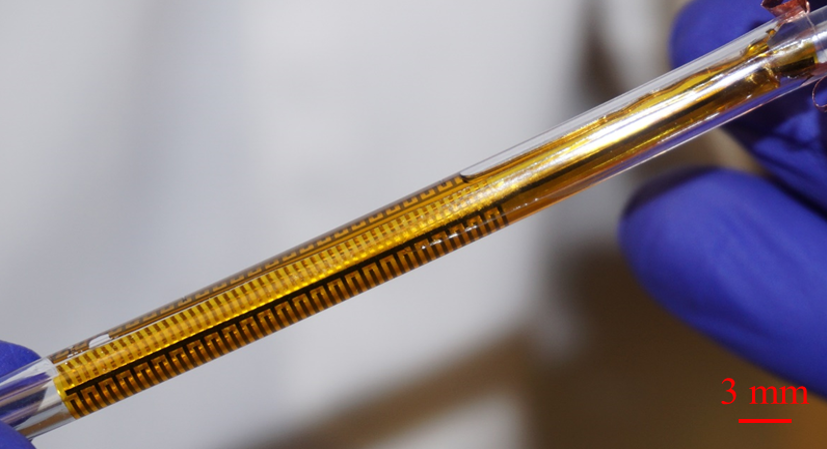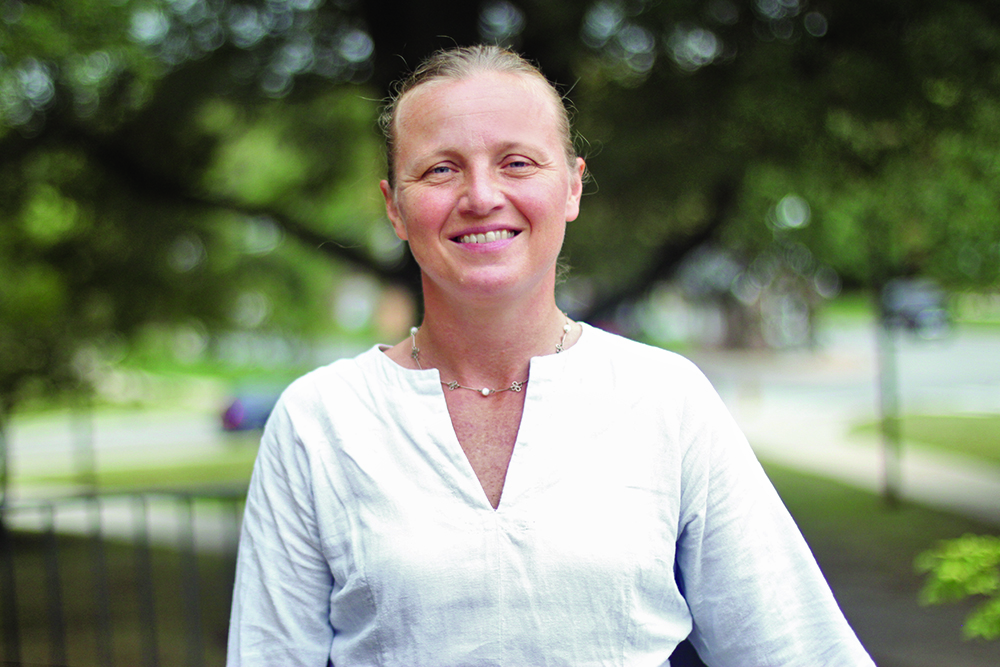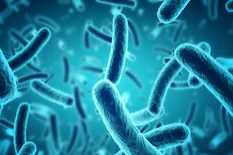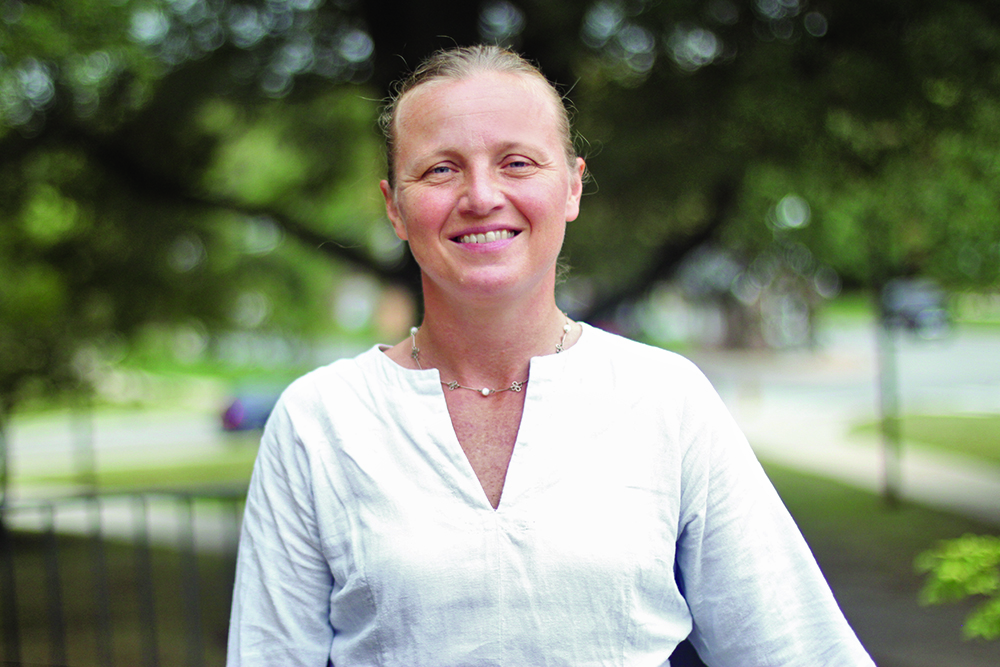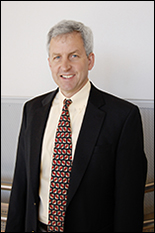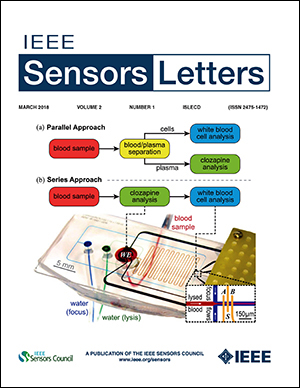News Story
Maryland inventors issued US Patent for compounds that fight biofilms
A University of Maryland-based team of inventors was issued U.S. Patent 8,952,192 on Feb. 10 for “Phosphorylated and Branched Dihydroxy-Pentane-Dione (DPD) Analogs as Quorum Sensing Inhibitors in Bacteria.” The team includes Mariana Meyer, (BioE Ph.D. 2014), Fischell Department of Bioengineering Chair William Bentley (BioE), ISR Director Reza Ghodssi (ECE/ISR), Associate Professor Herman Sintim (Chemistry & Biochemistry), Varnika Roy (BioE Ph.D. 2011) and Jacqueline Smith (Chemistry Ph.D. 2011).Meyer is a multifunction engineer in the professional development program at Northrop Grumman Corporation. At Maryland she was advised by Reza Ghodssi. Smith is a postdoctoral researcher at Georgetown University. At Maryland she was advised by Herman Sintim. Roy is a scientist at MedImmune. At Maryland she was advised by William Bentley.
About the patent
Bacteria can exist either as single entities, or as part of a community of bacteria (which may consist of same or different species of bacteria). In either lifestyle (free flowing or community), bacteria communicate with their neighbors via small molecules called autoinducers (a process called quorum sensing, QS). QS controls the expression of virulence factors or biofilm-associated genes in a variety of clinically important bacteria.
Bacteria that attach to surfaces can encase themselves in slimy layers called biofilms—a self-synthesized hydrated matrix of polysaccharides and proteins. Biofilms shield bacteria from hostile environments and enable bacteria to persist. Biofilms are of high clinical relevance, as they exist in about 80 percent of human infections. Pathogens in biofilms can exhibit a tolerance to antibiotics that is about 1000 times higher than their single-entity counterparts. Antibiotic therapy, which is most effective against single cells that slough off biofilms, is oftentimes unable to eradicate the biofilm itself. Thus, biofilm infections typically become chronic, leading to continual administration of antibiotics, which, in turn, contributes to the clinical challenge of antibiotic resistance.
In this era of antibiotic resistant bacteria, there is an ongoing and unmet need for new and improved compositions and methods for modulating the tactics used by bacteria that cause infection and/or undesirable biofilm formation. Treating unwanted microbial growth such as microbial infections and biofilms requires alternative antimicrobial therapies. Quorum sensing (QS) in bacteria is important for virulence phenotypes and biofilm formation.
This new patented invention meets these and other needs. The inventors developed compounds based in part on the universal autoinducer AI-2 that are useful for modulating QS in bacteria. These new compounds provide a variety of benefits, enhance the effectiveness of conventional antibiotics and inhibit the formation and persistence of biofilms.
The compounds can be formulated for use alone, or in any combination with one another, in any combination with known QS-modulating compounds, and in any combination with any one or any combination of antibiotics. For example, the compounds can be used with gentamicin, silver (both colloidal and nanoparticle), vancomycin, Ampicillin, methicillin, Amoxicillin, Metronidazole (an antiprotozoal drug that can also be used to treat bacterial infections), Roxithromycin, Azithromycin, Levofloxacin, Cefixime, Ciprofloxacin, Moxifloxacin, Norfloxacin, Ofloxacin, Clarithromycin, Linezolid, Clindamycin, Doxycycline Hyclate, Tetracycline, Tigecycline, Aztreonam, Bacitracin, Trimethoprim-sulfamethoxazole, Daptomycin, Telithromycin, platensimycin, Rifampin, and Isoniazid.
